the curious story behind japan's manhole covers
There's nothing more Japanese than taking something ordinary (and not so pleasant) and adding a dash of kawaii to it. That’s exactly what the country has done with manhole covers – the street-level entrances to underground sewage systems. Known for their creative designs and colourful patterns, these artistic covers usually depict symbols, events and landmarks that represent the cultural identity of a particular city or region. Today, about 95 per cent of Japan’s 1,780 municipalities have their own unique manhole designs.
Iga City’s manholes, for example, allude to the city’s rich ninja history. The city is home to a host of ninja-themed restaurants, foods and shops – it only makes sense that the local sewage covers follow suit. Meanwhile, Hakodate City’s designs feature squid and the Hakodate Orthodox Church. (The port city, situated on the tip of Hokkaido Prefecture, is famous for its fresh seafood and early Russian influence.)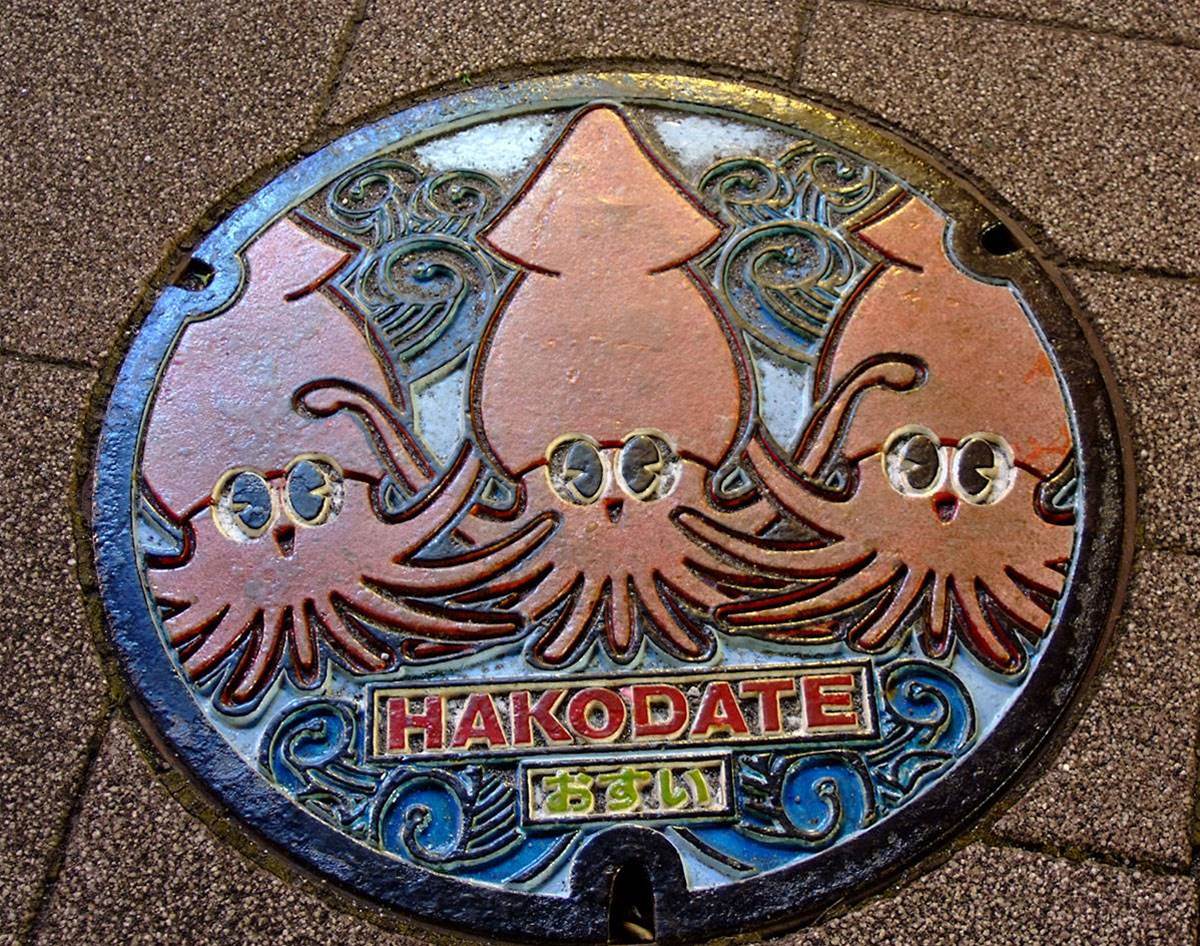
snap via Travel Hakodate
So why bother decorating manholes in the first place? It all started as part of a public relations campaign in the 1980s. During the time, only 60 per cent of Japanese homes were connected to the sewage system – modernising would be costly. To raise public support for the project, local governments were encouraged to design manhole covers with a local twist. Luckily, the plan was a roaring success, and the urban artworks have since become hugely popular among the Japanese – there’s even an official Japanese Society of Manhole Lovers. Cut to the present day and manhole mania is a very real thing.
Not only are they easy on the eyes, manhole covers have helped fuel domestic tourism, especially to historically sleepy, rural areas. Manholers (manhole fans) travel far and wide to see the artistic designs and pick up special trading cards. Yes, you read that right – the Sewerage Public Relations Platform of Japan (GKP) created a manhole trading card game to appeal to hobbyist collectors and manholers countrywide. Presenting the cards at local restaurants and souvenir shops unlocks special discounts and freebies, while manholes with QR codes allow tourists to easily access local event pages or watch videos detailing a certain sightseeing spot in the city. 
snap via Visit Kagawa
As artistic manhole covers grew in popularity, more and more local municipalities began producing their own distinctive designs. Each cover is thoughtfully produced in months-long collaborations between manhole manufacturers and local governments. And as the designs differ greatly from city, town and prefecture, the resulting covers are produced individually and coloured by hand. So, the next time you happen to be in the Land of the Rising Sun, don’t forget to look down. You never know what treasures you might stumble upon.
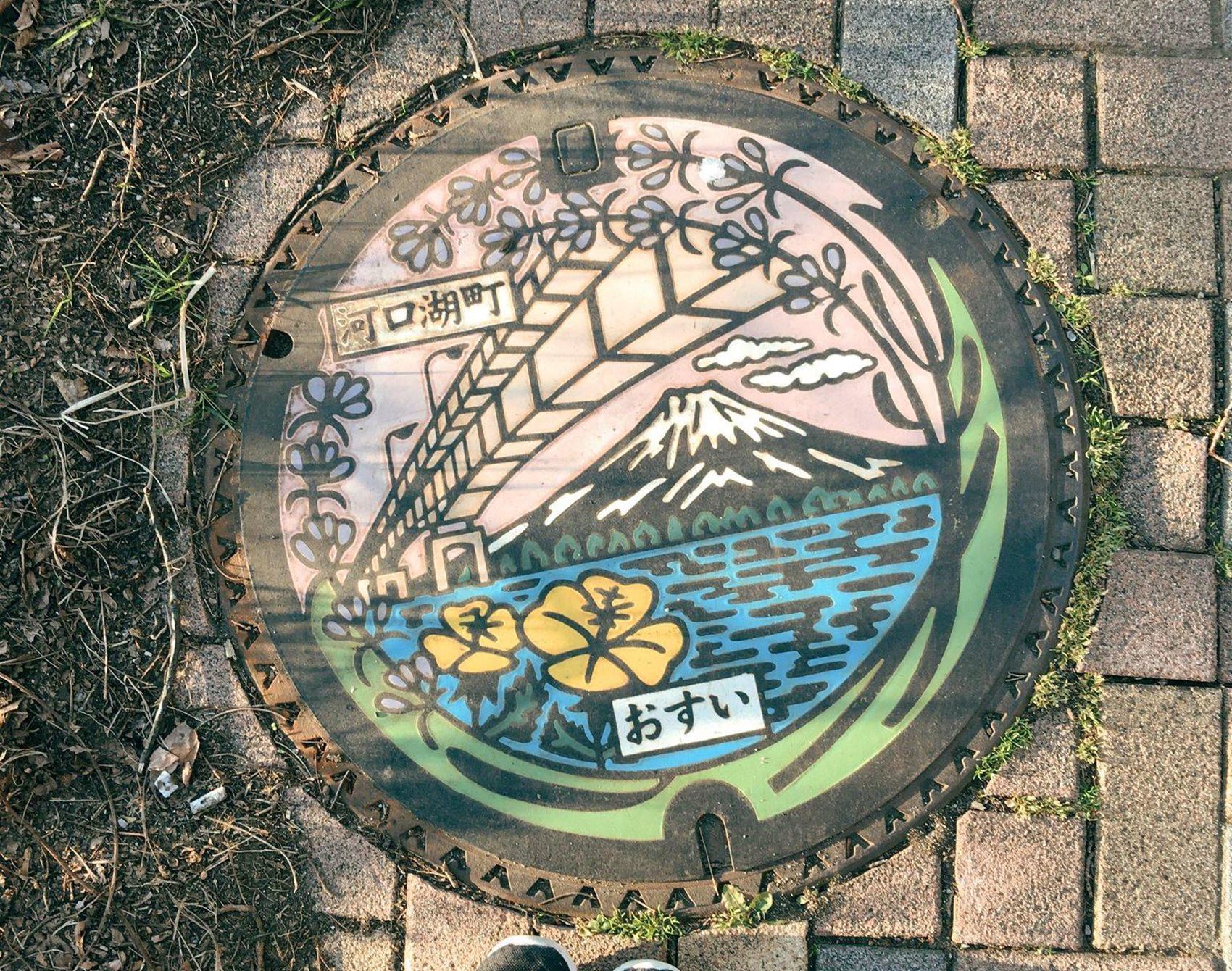
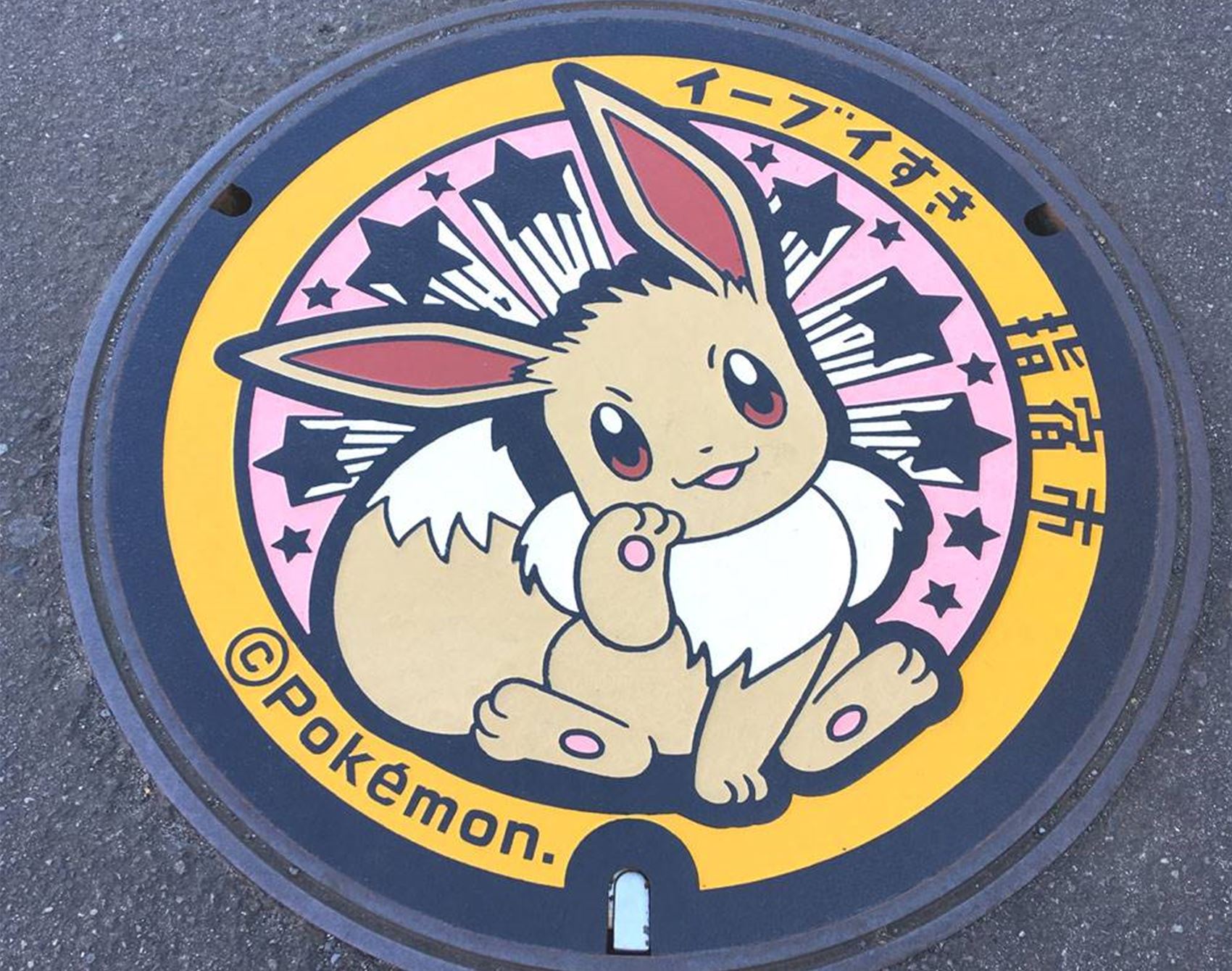
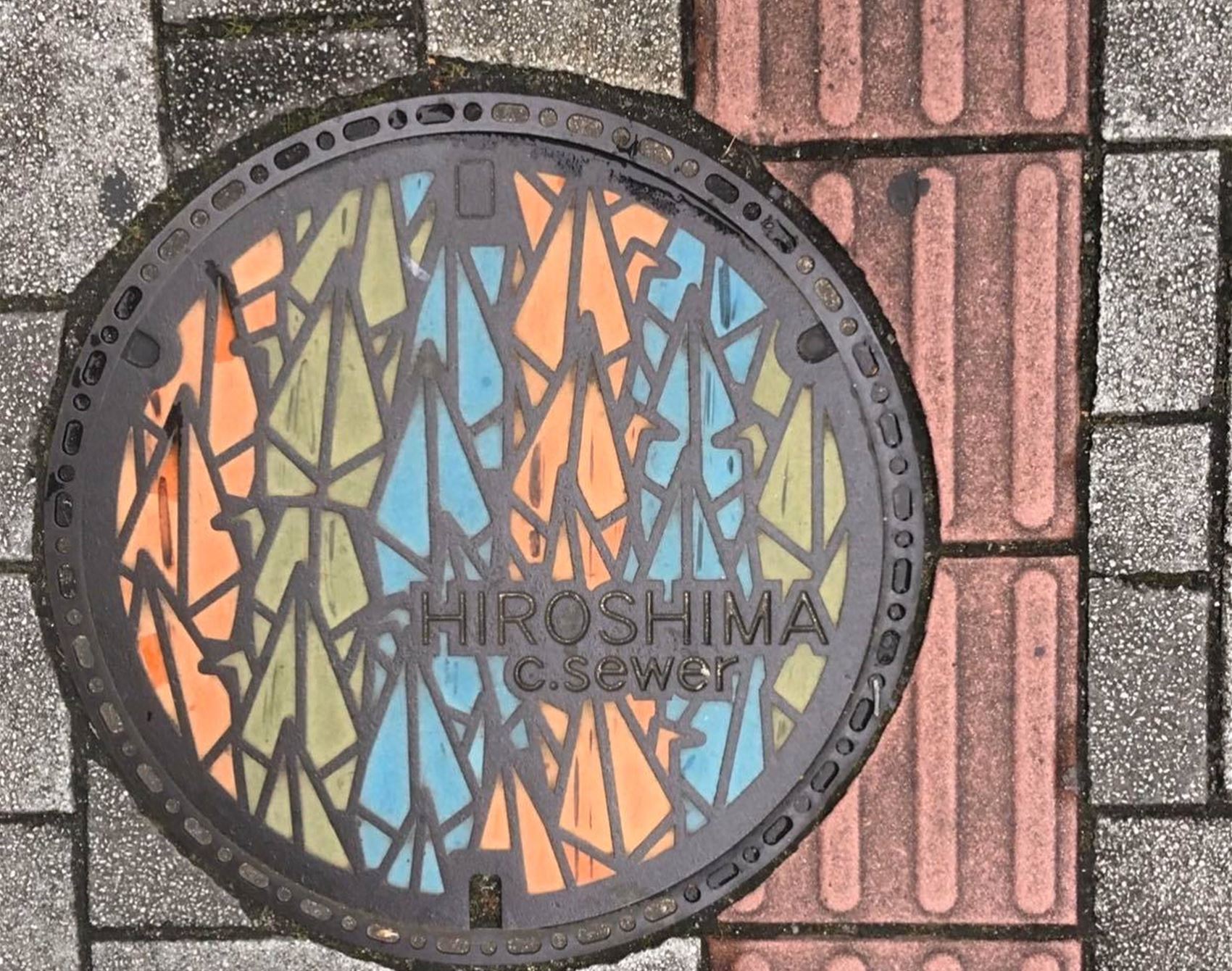




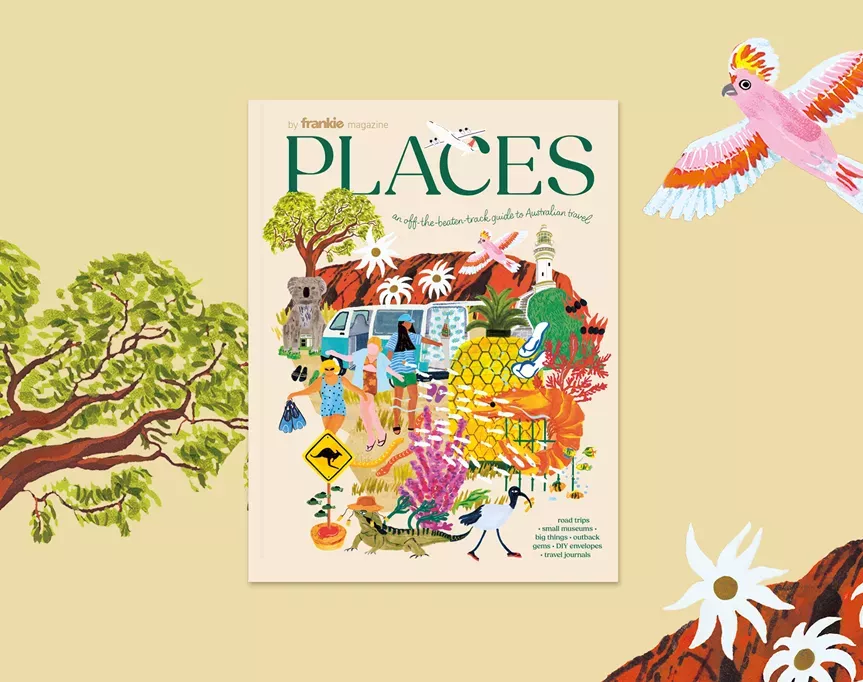









.jpg&q=80&w=316&c=1&s=1)













.jpg&q=80&w=316&c=1&s=1)










